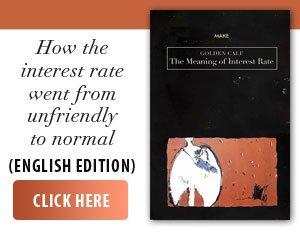A groundbreaking new study by British researchers from Anglia Ruskin University (ARU) and Imperial College London brings to the fore a fascinating hypothesis: dinosaur fossils could contribute to the understanding of cancer and the development of future treatments for humans.
• Discovery after a decade of research
The study, recently published in the journal Biology, was initiated in 2016, after oncologist Prof. Justin Stebbing read a news story about a dinosaur fossil discovered in Romania - a Telmatosaurus transsylvanicus, a duck-billed herbivore that lived in the Haţeg Basin 66-70 million years ago, informs DPA. That fossil had a tumor in the jaw, identified as ameloblastoma, a type of benign tumor that also occurs in humans. This is where an entire interdisciplinary investigation began. "We wanted to see if this dinosaur tumor could tell us anything about parallels with human cancers,” explained Dr. Biancastella Cereser, a cancer researcher at Imperial College.
• Modern technologies applied to ancient fossils
The researchers took samples from the fossil using a high-precision drill and analyzed it with scanning electron microscopy (SEM). To their surprise, they found structures resembling red blood cells - a sign that, beyond bones, soft tissues can be preserved under certain conditions even after tens of millions of years, according to PA Media. "We could actually see the flesh of the cancer,” said Professor Stebbing. "We can now analyze cancer not just in humans or in animal models, but also in the deep geological past.” This finding has huge potential: Cancer is no longer just a modern disease, but can be analyzed in an evolutionary context, based on how it has been influenced by environment, diet, mutations and other selective forces over time.
• Cancer, a piece of the evolutionary puzzle
The study proposes an innovative approach: investigating the molecular basis of cancer from a deep historical perspective. Although DNA did not survive in the fossils studied (contrary to what science fiction films like Jurassic Park suggest), certain proteins and cellular structures remained intact. "All we are trying to understand are the molecular basics of cancer from a very ancient perspective,” Stebbing said. "If we understand cancer better, we can develop better treatments.”
• From fossils to the future of medicine
The research suggests that fossils are not just relics of the past, but valuable biological resources that can help decipher contemporary medical mysteries. The connection between paleontology and oncology opens up new interdisciplinary directions of research. The discovery of soft tissues in dinosaur fossils, including preserved tumors, offers a new window into understanding cancer as a biological phenomenon with deep roots in the history of life. This perspective could eventually lead to new, more effective and personalized treatments based on a complete understanding of the molecular mechanisms that have evolved over millennia.

























































